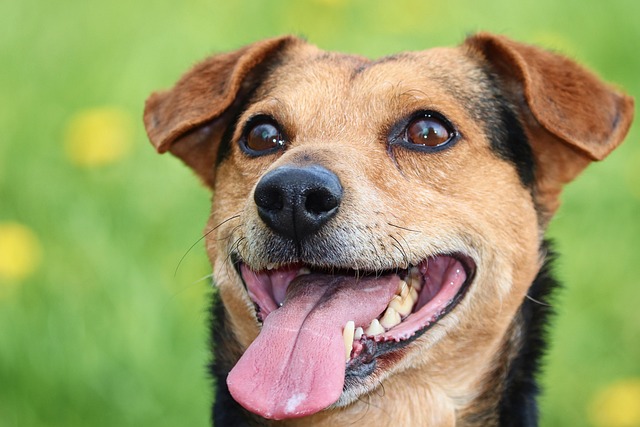
How do you treat itchy skin on dogs
When we see the dog scratching its skin with its paws frequently, rubbing on the ground constantly, and even scratching the skin until it bleeds,
When a dog runs away to chase a small animal, the loss of control in that moment not only makes the owner nervous, but also may put innocent small animals in danger. To resolve this crisis, we need to deeply understand the instincts of dogs and use scientific and effective methods to gradually guide them to learn to restrain impulses and find a balance between freedom and rules.
The behavior of dogs chasing animals is deeply rooted in their genes. Since ancient times, the ancestors of dogs have made a living by hunting, and chasing prey is an instinct for survival. Even after a long period of domestication, this chasing instinct is still retained in the blood of dogs. Whether it is a fast-running squirrel, a flexible cat, or a low-flying bird, these moving objects will instantly activate the hunting instinct of dogs and trigger their chasing impulse. In addition, some dogs chase animals out of curiosity and a playful mentality. They regard chasing as an interesting game and are not aware of the serious consequences that this behavior may bring.
If you want to change the habit of dogs chasing animals, the first step is to establish a solid recall training. When a dog is attracted by something new and is ready to rush out to chase something outdoors, it is crucial to be able to respond quickly to the owner's recall command. In daily training, choose a quiet environment with less interference, and first let the dog get familiar with the recall command, such as "come back" or "come here". After calling the command, gently pull the leash to guide the dog back to your side, and when it responds correctly, immediately give a generous reward. It can be a delicious snack or enthusiastic praise and hugs, so that the dog will closely associate returning to the owner with a pleasant experience. As the training deepens, gradually increase the distance and interference, transition from indoors to outdoors, from quiet parks to busy neighborhoods, and constantly strengthen the dog's recall response.
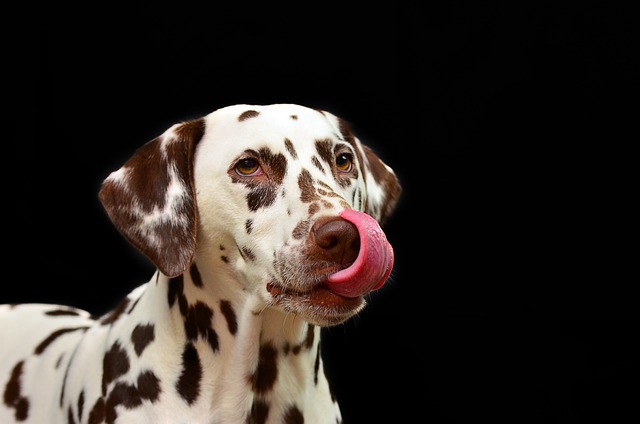 Managing the dog's daily activity space is also critical. Before the dog has completely changed the habit of chasing, be sure to use a leash when going out to ensure that it is always within your control. Even in areas where the dog is allowed to move freely, observe the surrounding environment in advance and confirm that there are no small animals that are likely to trigger chasing behavior before untying the leash. If you find squirrels, rabbits, etc. in the distance, tighten the leash in time to attract the dog's attention and prevent it from falling into the impulse of chasing. At the same time, provide the dog with enough exercise and mental stimulation, ensure sufficient walking and playing time every day, and let the dog consume excess energy by playing games such as Frisbee and fetching balls. When their physical strength and curiosity are fully satisfied, they will not be easily attracted by small animals outside.
Managing the dog's daily activity space is also critical. Before the dog has completely changed the habit of chasing, be sure to use a leash when going out to ensure that it is always within your control. Even in areas where the dog is allowed to move freely, observe the surrounding environment in advance and confirm that there are no small animals that are likely to trigger chasing behavior before untying the leash. If you find squirrels, rabbits, etc. in the distance, tighten the leash in time to attract the dog's attention and prevent it from falling into the impulse of chasing. At the same time, provide the dog with enough exercise and mental stimulation, ensure sufficient walking and playing time every day, and let the dog consume excess energy by playing games such as Frisbee and fetching balls. When their physical strength and curiosity are fully satisfied, they will not be easily attracted by small animals outside.
Positive reinforcement training is the core method to correct the dog's chasing behavior. When the dog sees a small animal outdoors, but can remain calm and does not rush out to chase immediately, reward it in time. It can be a gentle touch, kind words, or a small piece of its favorite snack. This immediate positive feedback will make the dog understand that restraining the urge to chase can bring positive results. On the contrary, if the dog shows chasing behavior, do not scold or punish it loudly, because this may make the dog feel scared and confused, and even strengthen its sensitive reaction to small animals. Instead, after it stops chasing, guide it to do something else, such as sitting down, shaking hands, diverting attention, and rewarding it after it completes the command.
In addition, training tools can also help correct the dog's chasing behavior. Tools such as electronic collars and vibration collars can remind dogs to stop inappropriate behavior through slight vibrations or sounds when they are about to start chasing. However, when using these tools, be sure to follow the correct methods and steps to avoid excessive stimulation and harm to the dog. At the same time, it is necessary to combine training tools with positive reinforcement training to let the dog understand that not chasing is not because of fear of punishment, but to gain recognition and rewards from the owner.
Changing the habit of chasing animals by dogs is not achieved overnight, and it requires the owner to invest a lot of time and patience. During the training process, dogs may have relapses, which is a very normal phenomenon. At this time, the owner should maintain a calm mind, re-examine the training methods, and give the dog more encouragement and support. Every small progress is worth our joy, because it means that we are one step closer to success.
When the dog can stay quietly beside the owner when facing small animals, and observe them with curious and restrained eyes, this change is not only the result of training, but also a testimony of trust and tacit understanding between the owner and the dog. Using scientific methods and warm love to help dogs overcome instinctive impulses, we can enjoy a safe and pleasant time outdoors with them.

When we see the dog scratching its skin with its paws frequently, rubbing on the ground constantly, and even scratching the skin until it bleeds,
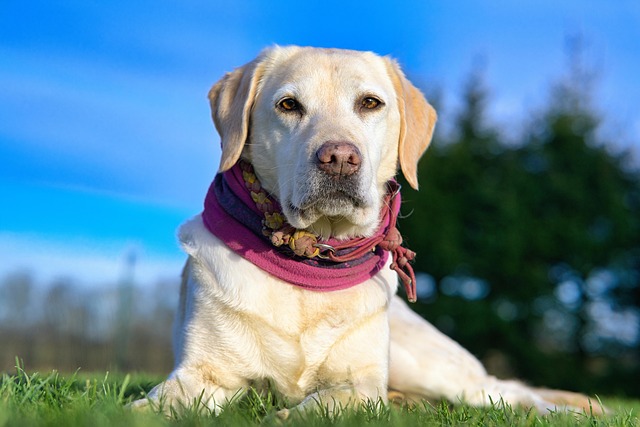
During the days spent with Rottweilers, their strong and sturdy bodies and loyal gazes always bring a great sense of security to their owners.
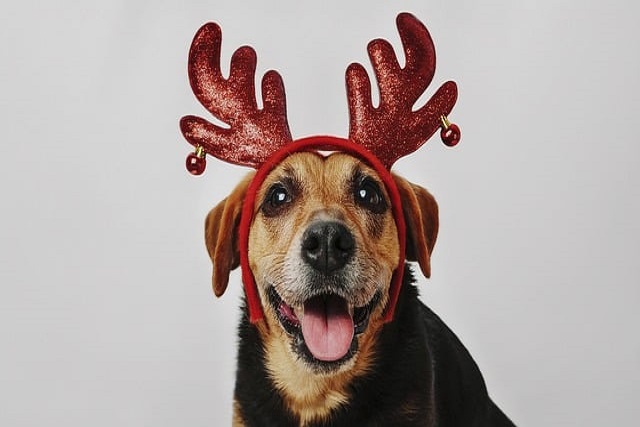
When we carefully select dog food for our dogs, full of the hope that they will eat healthily and thrive, we may not realize that certain ingredients
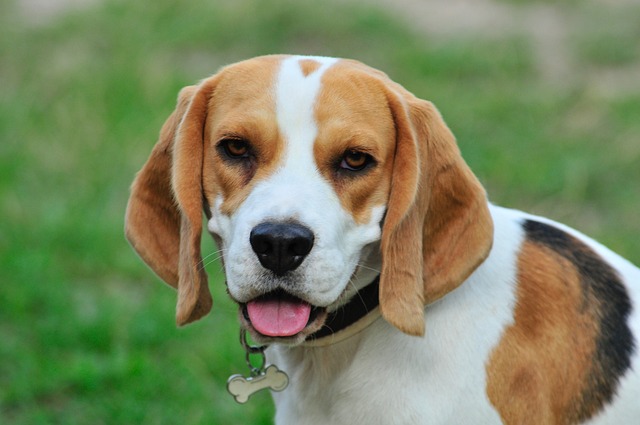
Dog shedding is a familiar and troublesome daily scene for many pet owners. When faced with dog hair flying around, many owners wonder: "Is it normal for my dog to shed so much hair?"
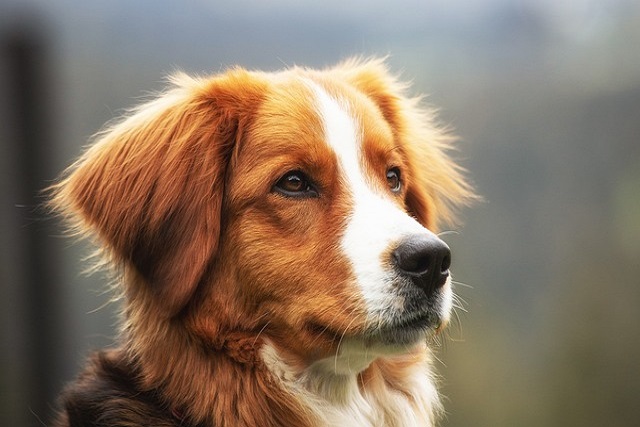
Watching the dog constantly make bowel movements in the corner, with its face blushing but unable to expel feces, its uncomfortable appearance is heart wrenching.
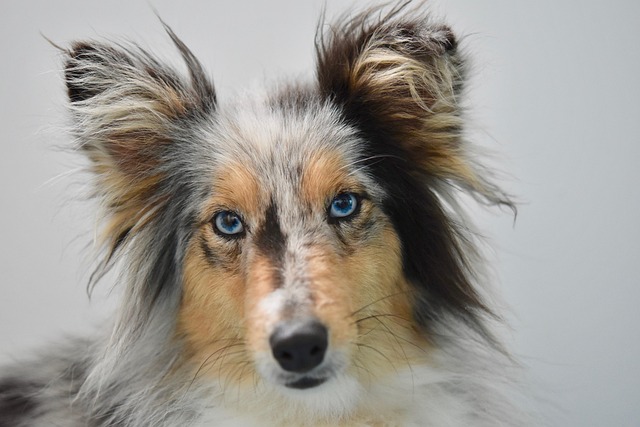
Watching the dog suffering and restless due to constipation, frequently making the defecation posture but having difficulty in defecating,